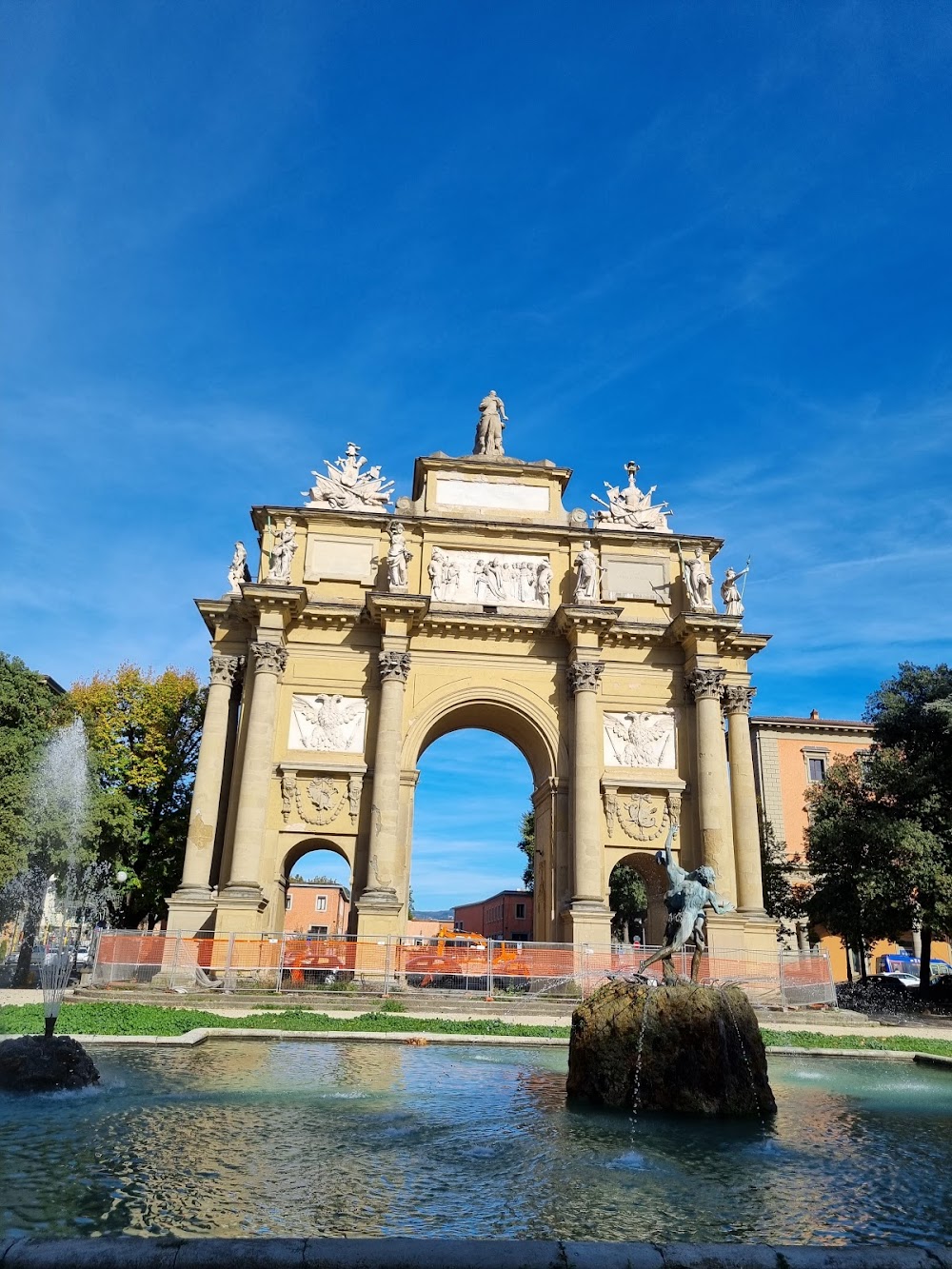Monte Titano (Monte Titano)
Related Places
Overview
Monte Titano is a prominent mountain located in the small republic of San Marino, one of the world's oldest and smallest sovereign states, nestled within Italy. Rising to about 739 meters (2,425 feet) above sea level, it is part of the Apennine mountain range and serves as a stunning natural landmark.
Historical Significance
Legend has it that Monte Titano and the Republic of San Marino were founded in the early 4th century AD by a stonemason named Marinus from Dalmatia (modern-day Croatia). Seeking refuge from religious persecution by Roman Emperor Diocletian, Marinus and his followers established a small Christian community on Monte Titano, which gradually evolved into an independent republic. This rich history adds to the mountain's allure, making it not just a natural wonder, but a symbol of resilience and freedom.
Architectural Marvels
Monte Titano is remarkable for its natural beauty and historical importance. The rugged limestone terrain is characterized by three striking summits, each crowned with a tower: Guaita, Cesta, and Montale. These iconic towers are symbols of San Marino and are depicted on the country's flag and coat of arms.
The Guaita Tower, the oldest and most iconic of the three, was constructed in the 11th century and served as both a fortress and prison. Its robust stone walls and strategic position made it a formidable defense against invaders. The second tower, Cesta (also known as the Fratta Tower), dates from the 13th century and houses the Museum of Ancient Arms, showcasing a collection of historical weapons and armor. The Montale Tower, the smallest and least accessible, was built in the 14th century and primarily served as a lookout point.
Natural Formation
The formation of Monte Titano can be traced back millions of years when tectonic activity forced sedimentary rocks to lift and fold, creating the Apennine mountain range. Over time, erosion sculpted the mountain’s current jagged peaks and steep cliffs, providing both a stunning backdrop and a natural fortress for the people of San Marino.
Today, Monte Titano is a UNESCO World Heritage Site, celebrated for its integration of breathtaking natural landscapes and centuries-old architecture. Trails wind their way up the mountain, offering magnificent views of the surrounding countryside and the distant Adriatic Sea. The pathways are lined with lush vegetation, including oak, chestnut, and pine trees, creating a habitat for various wildlife species.
Exploring San Marino
The capital of San Marino, also named San Marino, sits atop Monte Titano. The city’s medieval architecture, narrow cobblestone streets, and panoramic terraces draw thousands of tourists each year. Key historical sites include the Basilica di San Marino, built in the 19th century on the ruins of an ancient Romanesque church, and the Palazzo Pubblico, a neo-Gothic town hall dating back to the late 19th century.
Cultural events, traditional festivals, and vibrant markets further enrich the experience of visiting Monte Titano. One notable event is the “Medieval Days” festival, held annually, where locals and visitors don medieval costumes and engage in historical reenactments, games, and feasts, bringing the mountain's rich history to life.
Conclusion
In conclusion, Monte Titano stands as a testament to the enduring spirit and independence of the people of San Marino. Its combination of natural majesty, historical architecture, and cultural vibrancy makes it a unique and captivating destination. Whether you're exploring the ancient towers, hiking scenic trails, or immersing yourself in local traditions, Monte Titano offers an unforgettable glimpse into the heart of one of the world’s most intriguing microstates.





